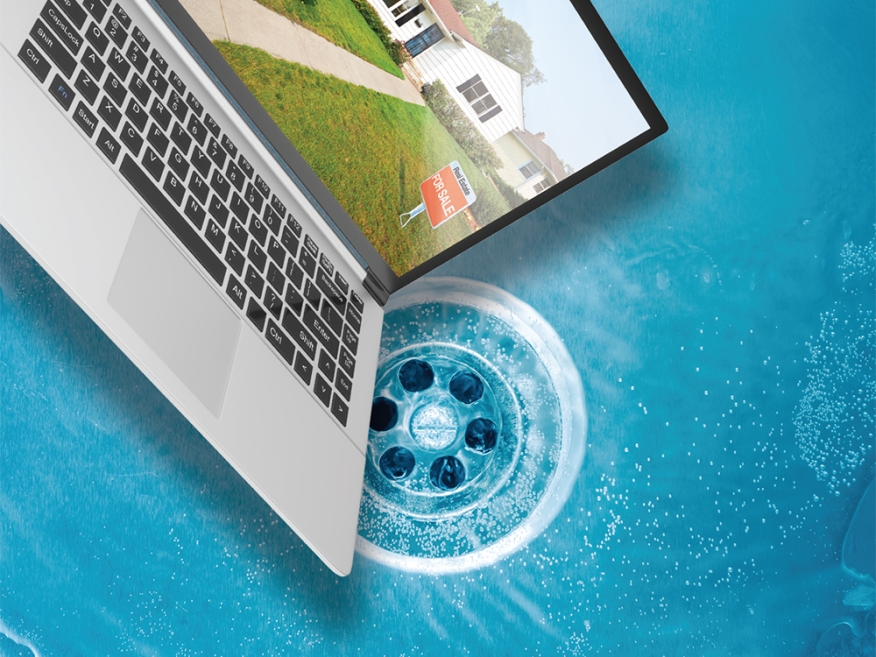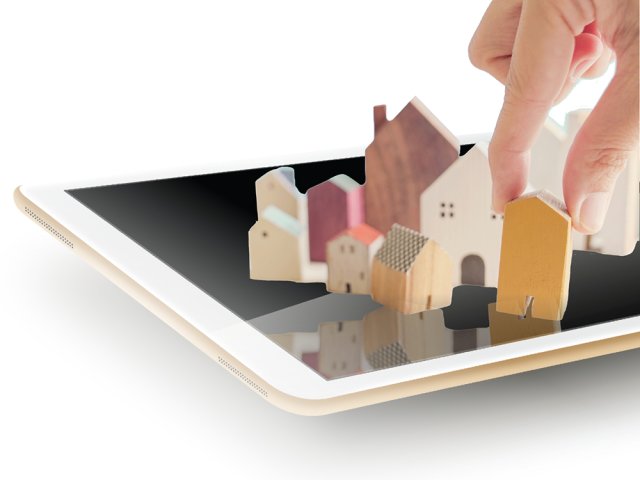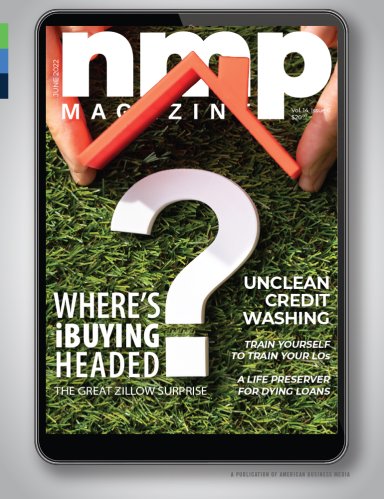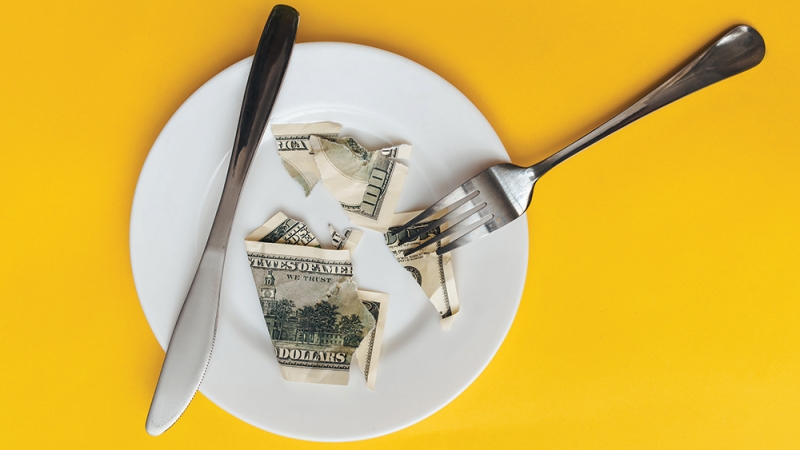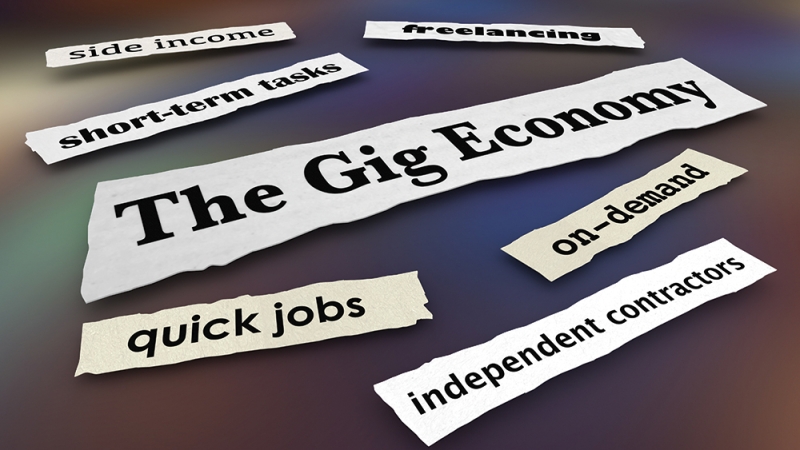As of early May, the Seattle-based online real estate marketplace had just 100 homes not currently under contract to sell remaining on its books, after selling nearly 9,000 homes in the first quarter of 2022. That rapid selloff helped the company post $4.3 billion in revenue in the quarter, up 20% from $1.29 billion a year earlier.
In a letter to shareholders, Co-Founder and CEO Rich Barton said the inventory of more than 20,000 homes the company owned when it decided to shutter its Zillow Offers unit in the third quarter of last year had been reduced much more rapidly than expected.
In the 38 largest iBuyer markets, Zillow determined, homeowners sold 21,523 homes in the fourth quarter using one of the three largest iBuying services: Opendoor, Zillow Offers, and Offerpad Express. That figure represented 1.7% of all U.S. home sales in the fourth-quarter, down from 1.9% in the third. The three sold 21,398 homes during the third quarter.
According to Zillow, iBuyers also purchased 70,402 homes in 2021, more than double the previous annual high of 32,726 homes, achieved in 2019. They also completed 44,933 home sales last year, exceeding the previous high of 28,265 homes sold in 2019.
Offerpad officials said that in three of its markets — Greensboro, Phoenix and Tucson — iBuying reached 10% market share, highlighting the potential growth of this industry.
Brian Bair, Offerpad chairman & CEO, has said that his company expects the market to remain strong in 2022.
“With the current supply and demand imbalance expected to remain, buyers will likely continue to experience an ongoing sellers’ market. Our expectations in 2022 assume that many of the fundamentals driving the 2021 market will remain,” Bair said. “This includes tight supply levels, increasing yet historically low mortgage rates, and wage growth acceleration. Importantly, our growth and expectations for achieving sustainable profitability are the result of a multidimensional strategy that is not reliant on any singular market condition.”
What does the future look like?
Officials at Opendoor, which still leads the market, expressed similar sentiments about the recent past and future.
“For the full year, we acquired a record 36,908 homes, up nearly 500% versus 2020,” said Eric Wu, Opendoor founder and CEO. “Over the course of the year, we saw total offers and real seller conversion reach all-time highs as Opendoor’s value proposition of simplicity, certainty and speed, combined with our robust pricing and operational capabilities, continued to accelerate consumer adoption across our markets.”
Wu said his company “significantly outperformed” the high end of its revenue guidance, “delivering $3.8 billion of revenue in the fourth quarter of 2021 and 1,435% growth year-over year. This outperformance was fueled by the strength of our resale systems, as we leaned into strong market demand for the homes we had in inventory coming into the fourth quarter. For the full year, revenue was $8 billion, up 211% versus 2020. This revenue growth was driven by the aforementioned unit growth, as well as by higher revenue per home sold, up 42% versus 2020.”
Offerpad officials said the company finished 2021 with record results capping off a remarkable year, exceeding growth targets and financial expectations as awareness of and demand for its services continue to grow.
Revenue increased 289% to $867.5 million, and Offerpad acquired 3,049 homes, nearly a threefold increase from the fourth quarter of 2020, and an 11% sequential increase from the third quarter, according to the company.
“The key to our continued success over the past year was growing in a responsible manner, while maintaining high quality, customizable, and valuable service offerings for our customers,” Bair said. “In 2021, we earned an outstanding customer satisfaction rating of 93%. Offerpad is seeing market demand increase as more customers seek the convenience, certainty and control our offerings provide.”
Mike DelPrete, a real estate strategist and scholar-in-residence at the University of Colorado Boulder’s real estate technology program, called 2021 “a transformative, record breaking year in which more homes were bought and sold on the iBuying platform than ever before.” He was also impressed by Opendoor’s ability to demonstrate an expanding operational capacity to repair and sell homes at scale.
“It’s a critical metric, because buying the house is comparatively the easy part,” he said in a report on iBuying on his website. “Selling at scale is more difficult.”
But DelPrete also pointed out that the major iBuyers sold approximately 20% of their inventory directly to investors in 2021, more than double the previous high in 2019. That amounted to nearly 8,000 sales, most of which DelPrete said, were turned into rental properties.
